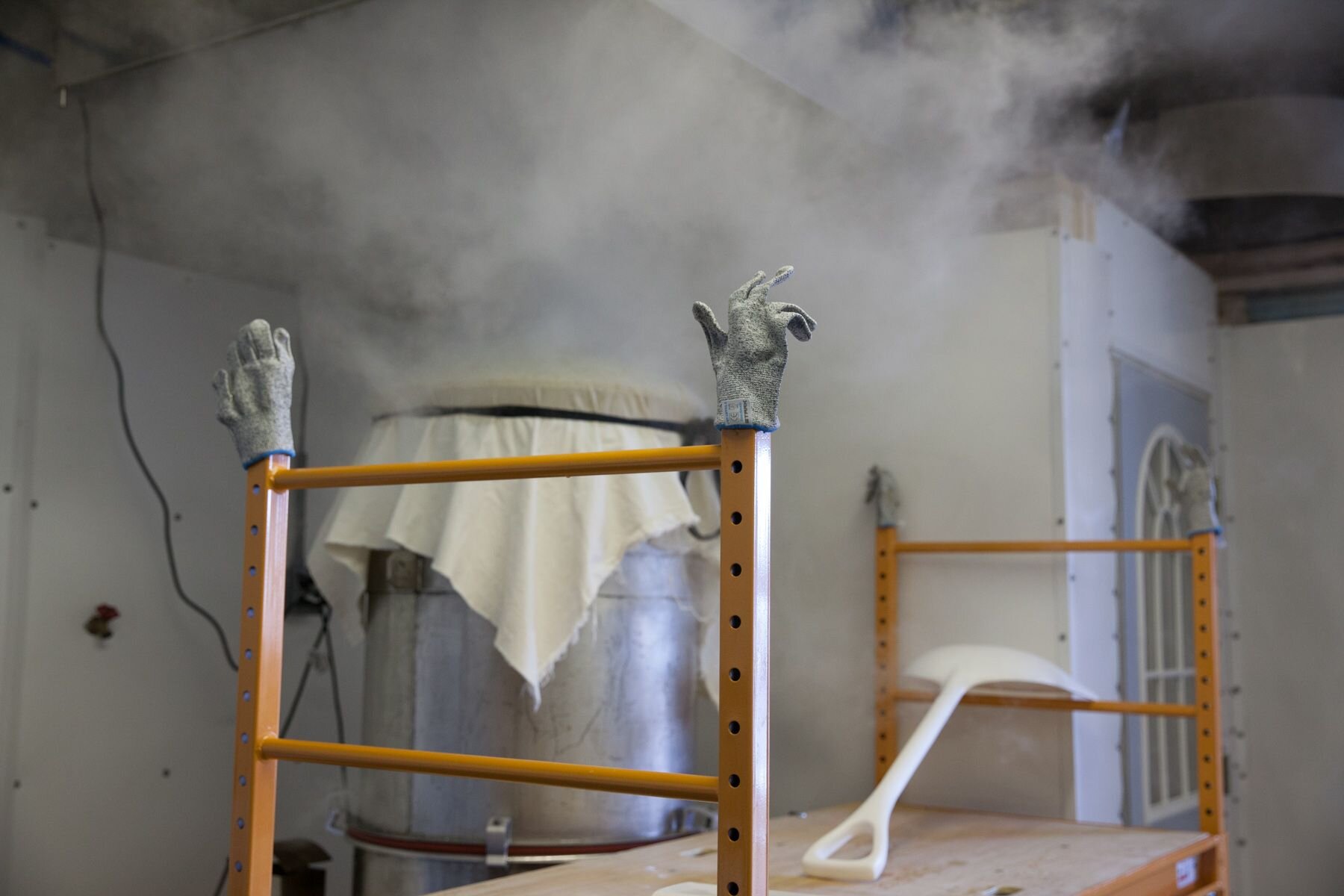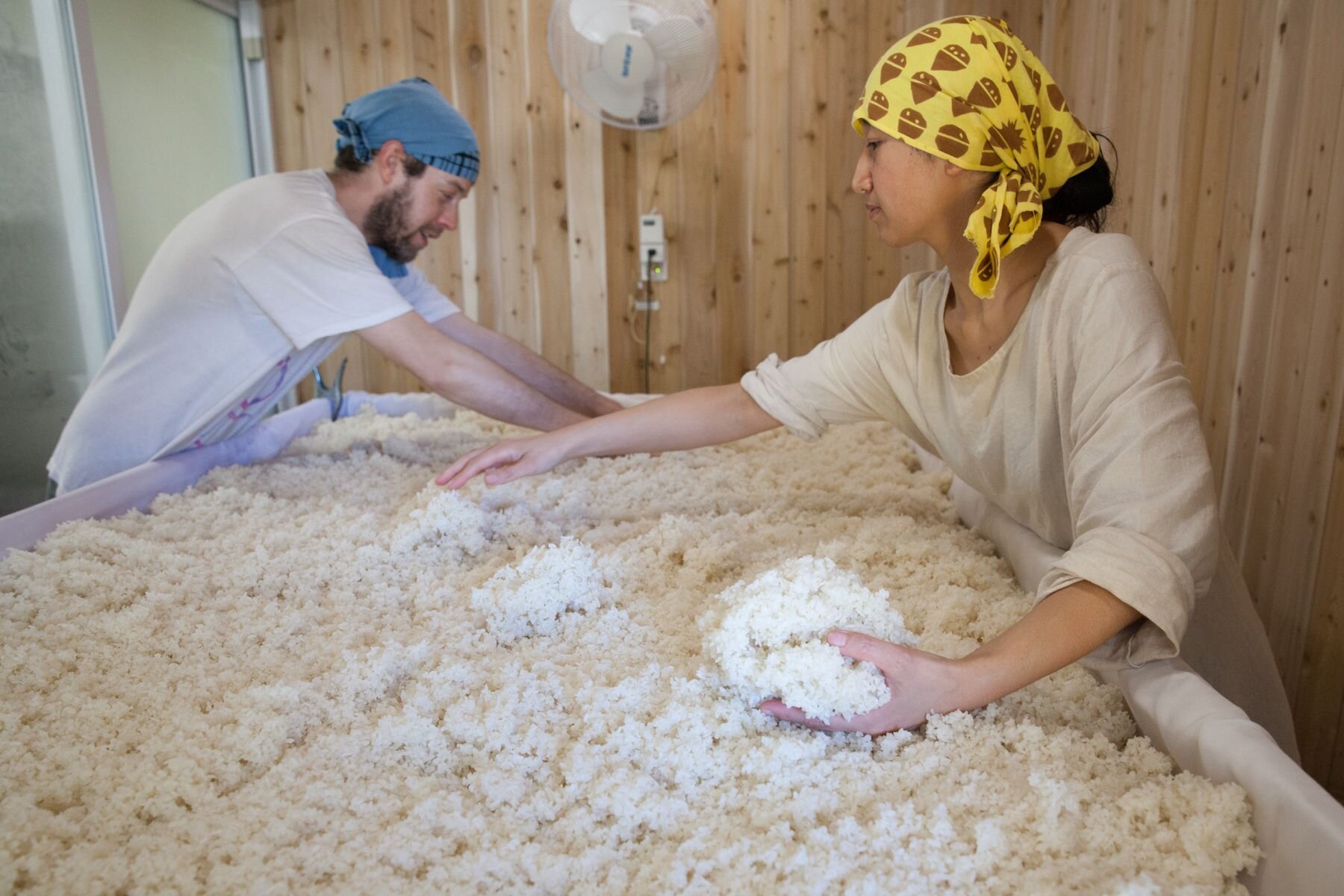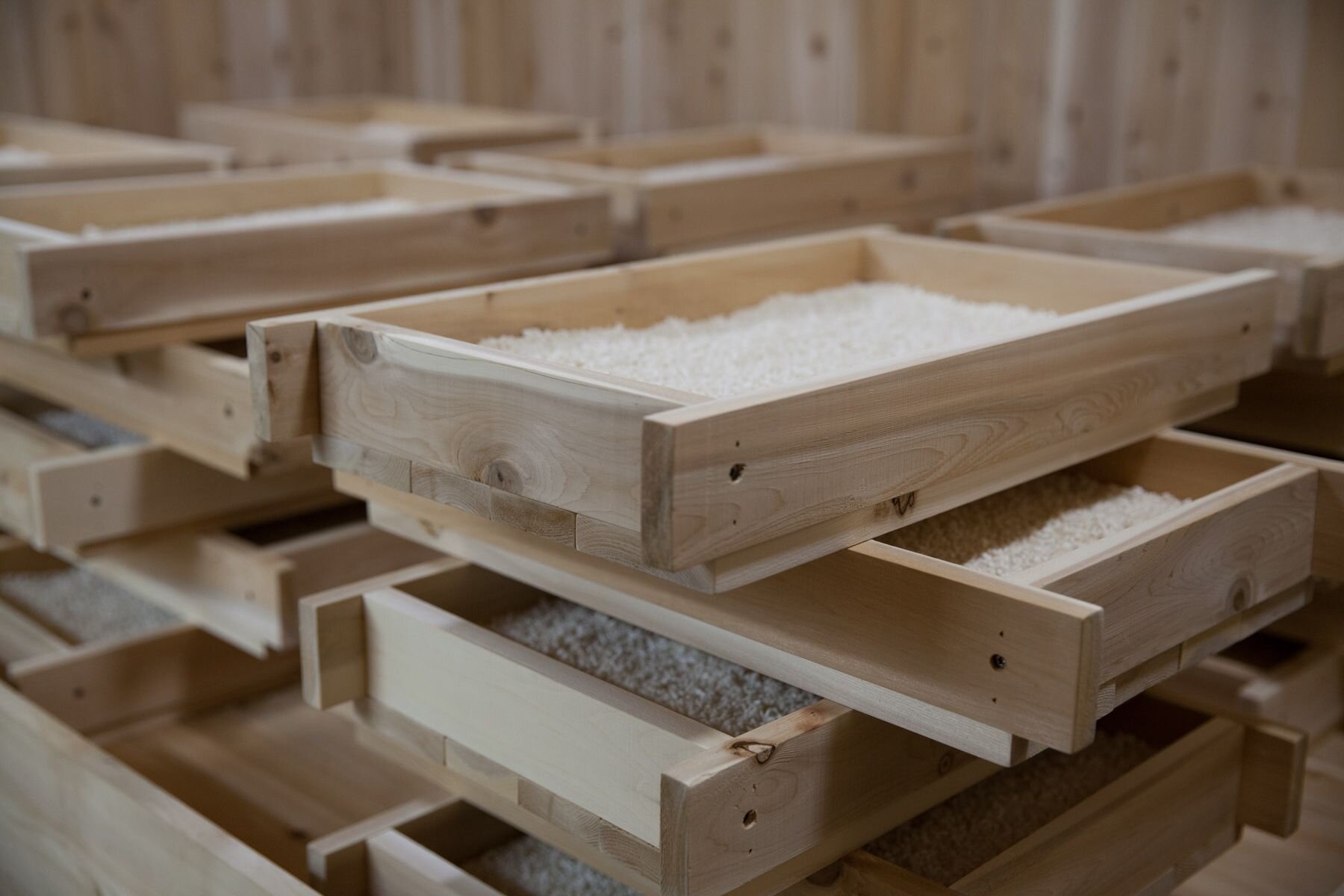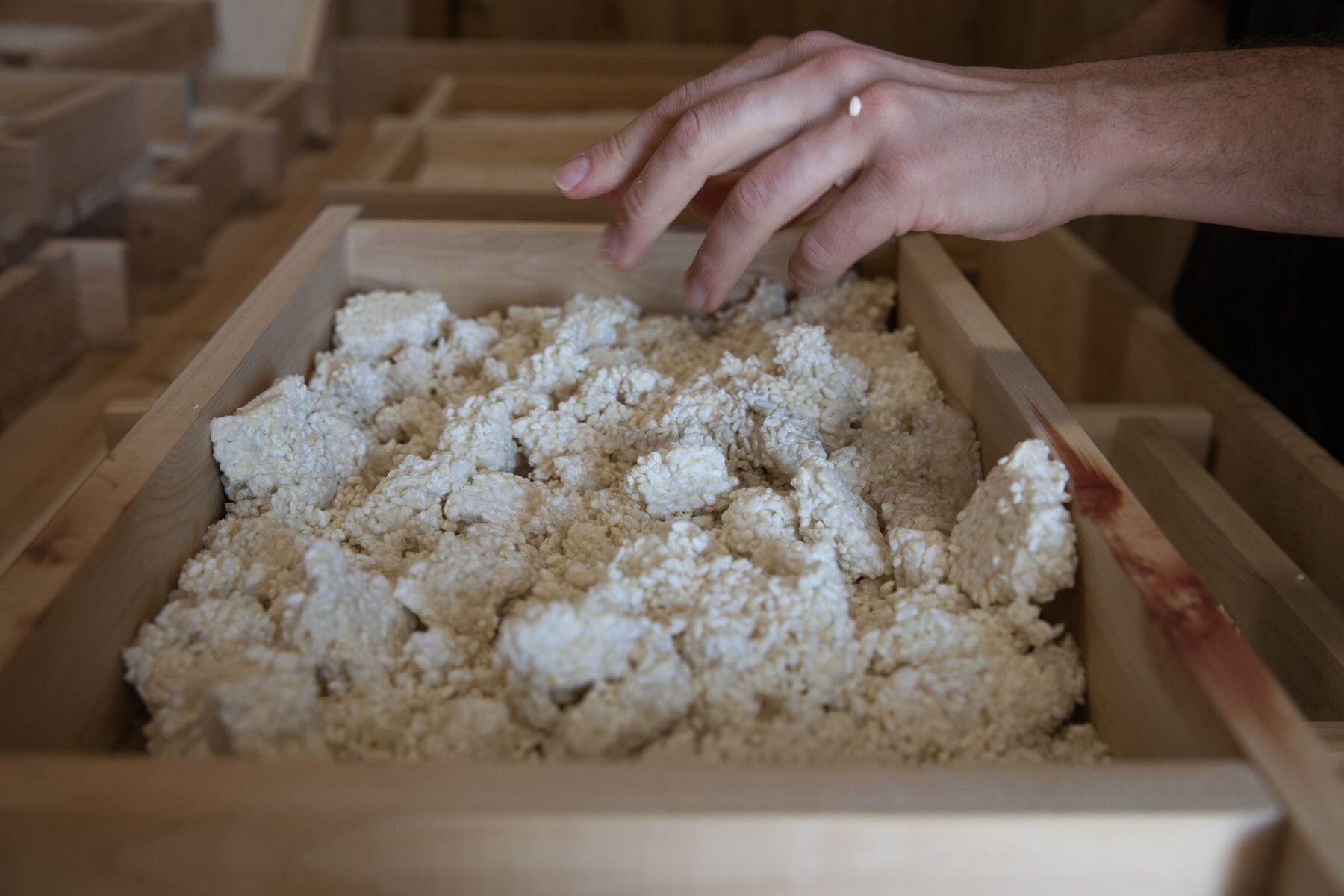What is Koji
Koji is at the heart of everything we do at go-en fermented foods. Technically Koji is a filamentous fungi and umami aficionado, it is a cornerstone of Japanese cuisine and is responsible for many of the essential fermented foods characterizing the tastes of Japan. Miso, amazake, sake, rice vinegar, mirin and soy sauce all owe their conception to this amazing fungi. In 2006 the Brewing Society of Japan actually recognized Koji as the national mold of Japan. Commonly grown on rice, barley, and/or soybeans, koji produces a plethora of enzymes which work to break down complex nutrients and molecules, making them more readily available to you and our little friendly microbial partners. We refer to growing koji as something akin to enzyme farming. To us, Koji is a friend and partner and harmonizer of foods. Bring koji into your life and let it help you ferment your world.
Growing Koji
In Japan the written history of the "selective cultivation" of koji dates back to over 1300 years, and even longer in China. However, despite documented history, the specific origin of koji remains unclear. Koji cultivation is one of the longest practiced examples of solid state fermentation, which involves the growth of microorganisms on and within solid organic materials in the absence or near absence of free water. This is a similar process to that used to cultivate other more commonly known fungi such as mushrooms.

Rice is soaked and steamed to obtain desired moisture content.

Then steamed rice is brought into the humidity and temperature controlled muro(koji room).

Rice is mixed until the temperature has reached that of our bodies.

When the time is right we inoculate the rice with spores of Aspergillus oryzae and thus begins the life of the koji.

The next 50 + hours is a demanding period of incubation, monitoring, adjusting, and responding to meet the needs of the koji.

When the koji has penetrated to the center of the grain of rice our job is complete. The koji is allowed to cool and is prepared for its next stage of life.
Growing koji is kind of like farming enzymes. As the culture grows into the grain it releases enzymes that help to break down fats, carbohydrates, and proteins. We then utilize these enzymes in the fermentation process allowing for quick work for our microbial partners.

